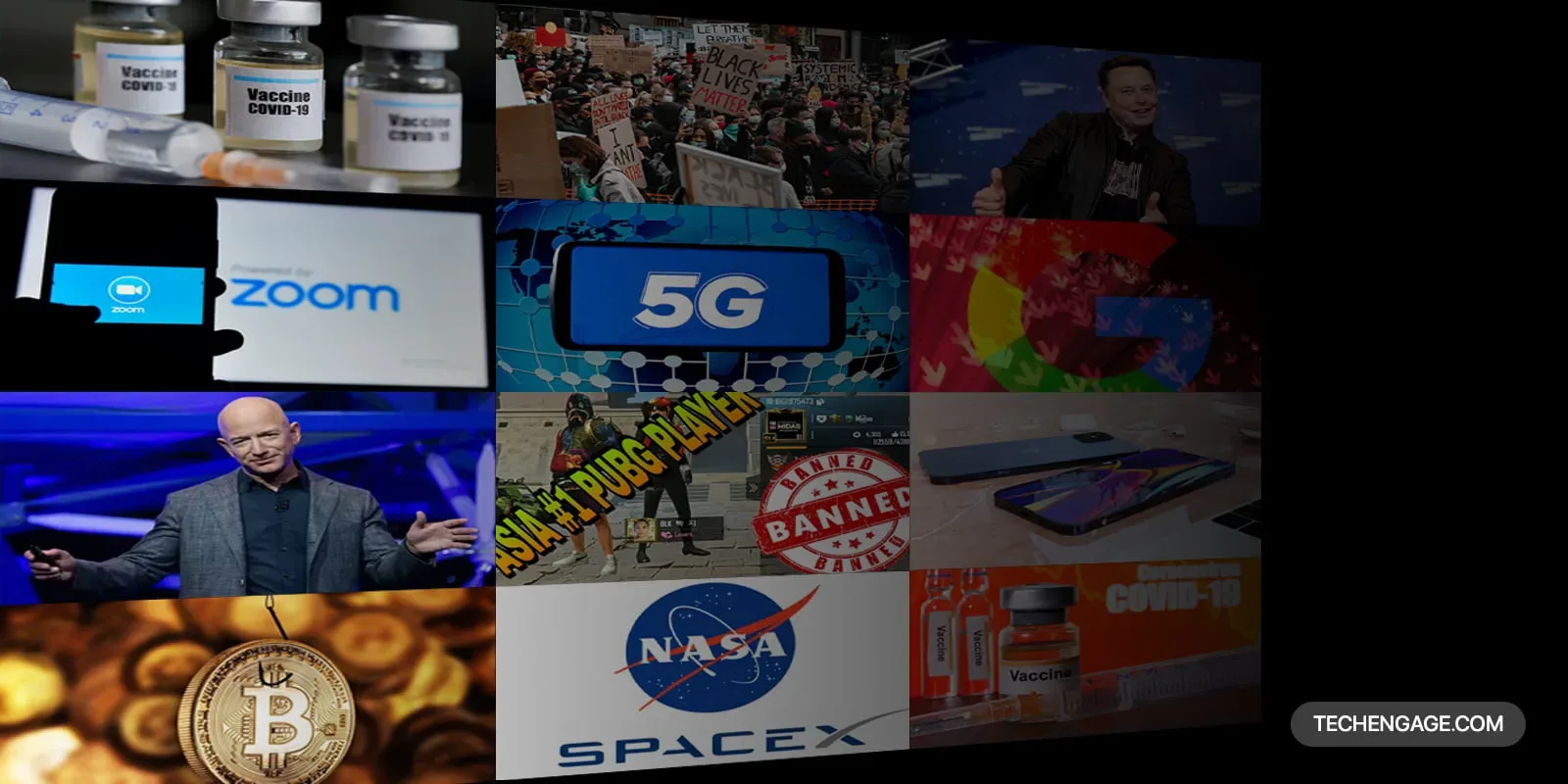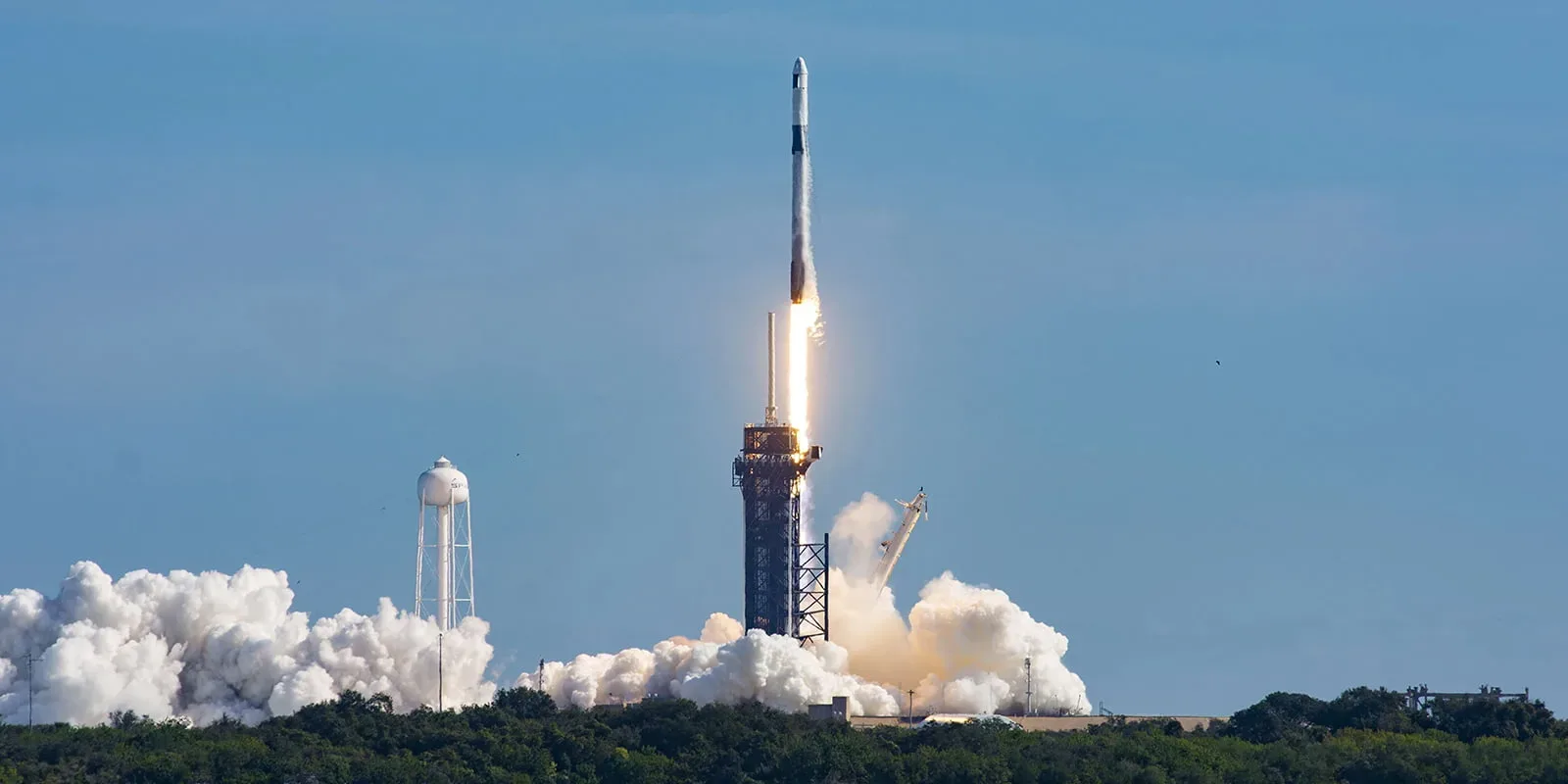After months of delays, the SpaceX Crew Dragon launched from NASA’s Kennedy Space Center in Florida on March 2nd at 2:49 a.m. EST. This marks the first time in history that a commercially built and operated American spacecraft and rocket has been launched from American soil.
NASA administrator Jim Bridenstine said in a statement:
“Today’s successful launch marks a new chapter in American excellence, getting us closer to once again flying American astronauts on American rockets from American soil. I proudly congratulate the SpaceX and NASA teams for this major milestone in our nation’s space history. This first launch of a space system designed for humans, and built and operated by a commercial company through a public-private partnership, is a revolutionary step on our path to get humans to the Moon, Mars and beyond.”
The SpaceX Crew Dragon spacecraft docked at the International Space Station early on Sunday, March 3, and the event aired live on the NASA Television website.
Interested viewers can also watch the Crew Dragon’s hatch closing in preparation for departure from the ISS, its undocking from the ISS, and its deorbit and landing on the website on March 8th.
Following its deorbit, the spacecraft will land in the Atlantic ocean off the coast of Florida to be recovered by SpaceX’s Go Searcher recovery ship.
The U.S.’s last space shuttle mission was in 2011. This inaugural flight, while uncrewed, brings the country closer to returning American astronauts to space.
The SpaceX flight, known as Demo-1, is designed to uncover any issues that may arise in future crewed missions. The craft will perform demonstrations of rendezvous activities, automated control and maneuvering, and a final docking sequence, some of which are first-time events that could not be simulated on a computer. The spacecraft will also test new sensor and propulsion systems and a new docking mechanism.
The ship is carrying more than 400 pounds of crew supplies and equipment to the space station and will return with research samples from the ISS. According to NASA, it will also contain “a lifelike test device named Ripley…outfitted with sensors to provide data on potential effects on humans traveling in Crew Dragon.”
In the future, researchers hope that the Crew Dragon will be able to launch up to four crew members and carry more than 220 pounds of cargo. While the spacecraft is designed to stay docked to the ISS for up to 210 days, this test flight will only last 5 days.
While the White House has told NASA that it wants to see American astronauts back in space as soon as possible, the agency and its crew program remain sorely underfunded. And while the Trump administration would like to see a new lunar mission, the position of NASA administrator is one of many science positions that remains unfilled. NASA has no choice but to collaborate with commercial companies and run its spaceflight program via public-private partnerships.
Elon Musk’s SpaceX is one of NASA’s main collaborators and has been delivering cargo to the space station in unmanned crafts for years.
If the mission is successful, Demo-1 will provide NASA and SpaceX with data allowing them to prepare for a crewed flight to the ISS, Demo-2, with NASA astronauts Bob Behnken and Doug Hurley in early July.




Share Your Thoughts